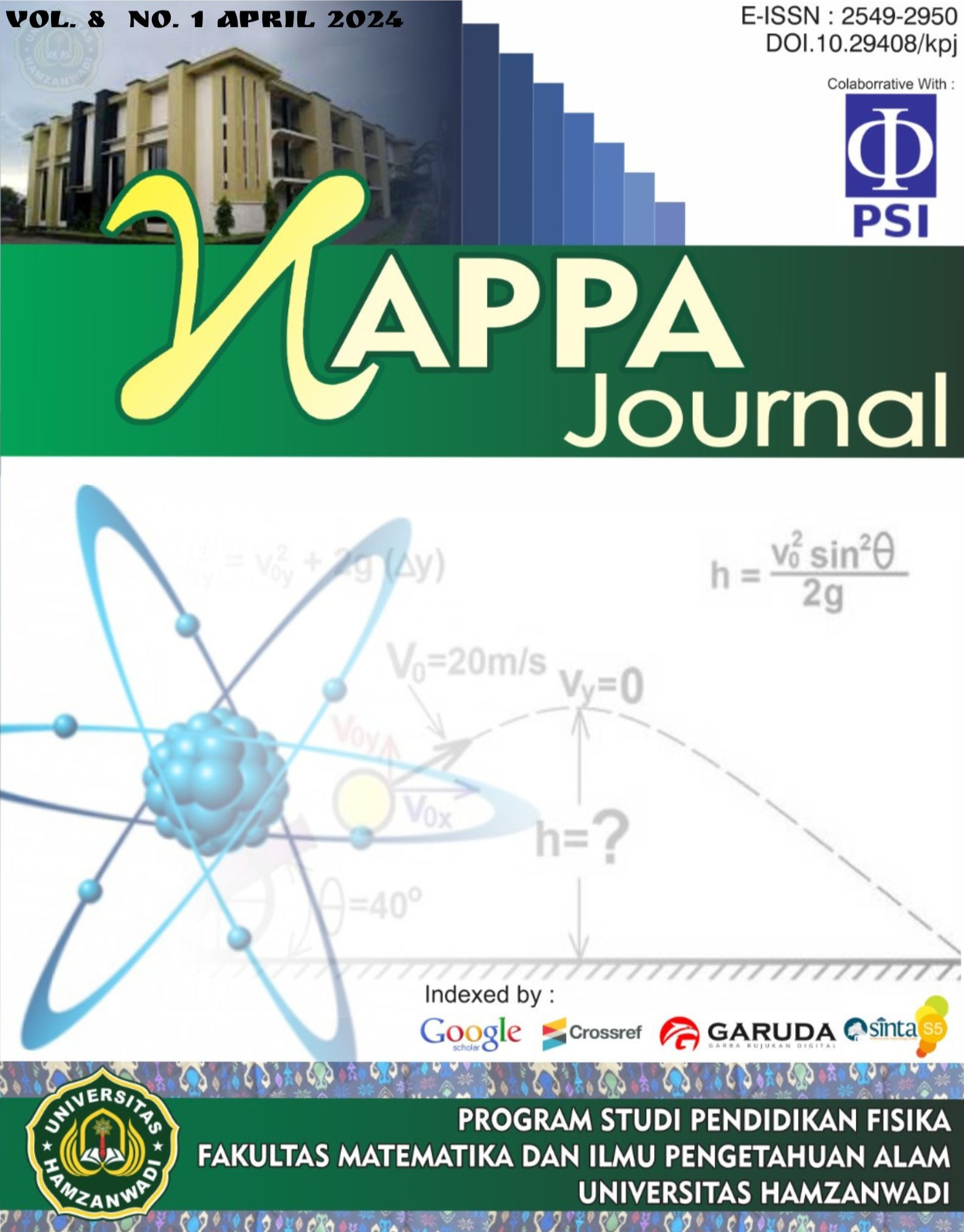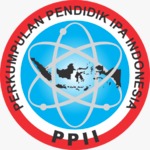Efektivitas Jumlah Lubang Pada Tabung Pembakaran Terhadap Performa Kompor Biomassa
DOI:
https://doi.org/10.29408/kpj.v8i1.25335Keywords:
Thermal Efficiency, Fuel Consumption, Biopellets, Biomass StovesAbstract
Global energy requirements encourage innovations in developing environmentally friendly alternative energy sources by transforming biomass waste into biopellets. The use of biopellets as fuel was followed by the development of biomass stoves for households. Developing biomass stove technology design is essential, so this research aims to design a biomass stove with good performance for use as a household stove. Stove performance was identified by reviewing the biomass stove's fuel consumption and thermal efficiency relative to the number of combustion holes. The biomass stove fabrication results had been successfully created based on a stove design using galvanized plate material. The design focused on three layers of tubes, including the stove frame, the air supply control, and the combustion tube. The number of holes in the combustion tube affected fuel consumption and the thermal effectiveness of the stove. The lowest fuel consumption on a furnace with six combustion holes was 2,306 kg/hour. Meanwhile, the optimal thermal efficiency for burning 18 holes was 16.17%. However, this thermal efficiency value needs to meet the SNI 7926: 2013 standard. The location and number of combustion holes in the combustion tube could influence the performance of the biomass stove. Therefore, it is important to modify biomass stoves to fulfill SNI standards.
References
Aryansyah, M. F., Santoso, H., & Nurdin, M. F. (2022). Analisis Efisiensi Termal Pada Kompor Biomassa Dengan Menggunakan Metode Water Boiling Test (WBT). Journal BEARINGS: Borneo Mechanical Engineering and Science, 1(1).
Basu, P. (2018). Biomass Gasification, Pyrolysis And Torrefaction: Practical Design And Theory. Academic press.
Djafar, R., Djamalu, Y., Haluti, S., & Botutihe, S. (2017). Analisis Performa Kompor Gasifikasi Biomassa Tipe Forced Draft Menggunakan Variasi Jumlah Bahan Bakar Tongkol Jagung. Jurnal Technopreneur (JTech), 5(2), 90–96.
Habiby, M. A., Anggara, M., & Aldrin, A. (2024). Pengaruh Penambahan Saluran Udara Primer dengan variasi Jenis Bahan Bakar Terhadap Efisiensi Termal pada Kompor Biomassa. Jurnal Gear: Energi, Perancangan, Manufaktur & Material, 2(1), 28–33.
Aryansyah, M. F., Santoso, H., & Nurdin, M. F. (2022). Analisis Efisiensi Termal Pada Kompor Biomassa Dengan Menggunakan Metode Water Boiling Test (WBT). Journal BEARINGS: Borneo Mechanical Engineering and Science, 1(1).
Basu, P. (2018). Biomass Gasification, Pyrolysis And Torrefaction: Practical Design And Theory. Academic press.
Djafar, R., Djamalu, Y., Haluti, S., & Botutihe, S. (2017). Analisis Performa Kompor Gasifikasi Biomassa Tipe Forced Draft Menggunakan Variasi Jumlah Bahan Bakar Tongkol Jagung. Jurnal Technopreneur (JTech), 5(2), 90–96.
Habiby, M. A., Anggara, M., & Aldrin, A. (2024). Pengaruh Penambahan Saluran Udara Primer dengan variasi Jenis Bahan Bakar Terhadap Efisiensi Termal pada Kompor Biomassa. Jurnal Gear: Energi, Perancangan, Manufaktur & Material, 2(1), 28–33.
Pambudi, P., Widodo, S., & Suharno, K. (2019). Pengaruh Variasi Jumlah Lubang Udara Terhadap Efisiensi Kompor Biomassa. Jurnal Teknik Mesin MERC (Mechanical Engineering Research Collection), 2(1).
Rahayu, S., Hilyana, S., Suryani, E., Sari, N. H., & Ali, M. (2020). Analysis of Wood Pellet Quality from Calliandra Callothyrsus, Gliricida Sepium, and Sawdust As New And Renewable Energy. Proceedings International Conference on Science and Technology (ICST), 1, 110–115.
Santoso, H., & Iromo, H. (2018). Rancang Bangun Kompor Biomassa Berbahan Dasar Plat Besi dan Beton Dilengkapi Dengan Teknologi Blower. Reaktom: Rekayasa Keteknikan Dan Optimasi, 3(2).
Seveda, M. S., Narale, P. D., & Kharpude, S. N. (2021). Bioenergy Engineering. CRC Press.
Downloads
Published
Issue
Section
License
Copyright (c) 2024 Kappa Journal

This work is licensed under a Creative Commons Attribution-ShareAlike 4.0 International License.
Semua tulisan pada jurnal ini menjadi tanggungjawab penuh penulis. Jurnal Kappa memberikan akses terbuka terhadap siapapun agar informasi dan temuan pada artikel tersebut bermanfaat bagi semua orang. Jurnal Kappa dapat diakses dan diunduh secara gratis, tanpa dipungut biaya, sesuai dengan lisensi creative commons yang digunakan








